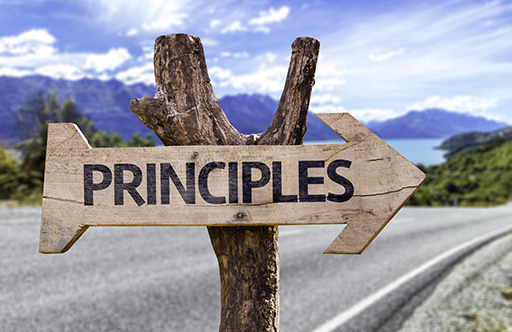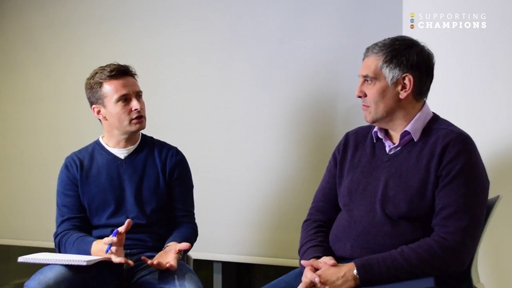2 Principles for good questions
There are numerous checklists, books and online resources devoted to effective questioning. In the next few sections, you will explore some of the main principles that will help you in your work.

You may be familiar with two types of questions: open and closed. Open questions are generally short and begin with ‘what’ or ‘how’ or occasionally ‘when’ or ‘who’. They are very neutral and content free and they leave the answer open for the coach to interpret and answer as they see fit. These questions can optimise deeper exploration of coaching practice. Closed questions are occasionally useful to end part of the conversation or to check something out. They typically provoke a very closed response, usually comprising a ‘yes’ or ‘no’ answer. Closed questions are described as a form of conversational punctuation. Examples of closed questions are:
- Are you clear now about your action?
- Have we spent enough time on this subject?
Asking open and closed questions appropriately is a form of good practice, but there are some questioning ‘traps’ that you want to avoid. These are outlined in the next activity.
Activity 2 Questioning traps to avoid
Listen to Audio 1. List those practices that are described as potential ‘traps’.
Transcript: Audio 1
In the video examples on questioning, there’s an example of bad questioning and an example of good questioning.
Discussion
Questioning traps to avoid include:
Multiple questions: These tend to confuse. Imagine if someone were to ask you:
‘So, what’s the issue – I mean do you have one? Is it a wholly fitness-based thing or one of those psychological balance issues? I mean, what do you think? Is this important?’.
Which question would you answer?
Leading questions: These tend to be questions which suggest there is a right or wrong answer. Some people refer to these questions as advice in disguise – they pose as questions but really they are all about what the coach developer thinks is the right answer.
Examples of leading questions include:
- Don’t you think it would be a good idea to use a clearer voice? (The intent of the question is: ‘I think you should speak more clearly’)
- Have you thought about option X? (The intent of the question is: ‘I think you should think about option X’)
Questions beginning with ‘why’: This may strike you as strange – we use ‘why’ naturally in all kinds of situations. However, in a coaching conversation using the question ‘why’ can be interpreted negatively in meaning the coach needs to explain themselves: it can make the coach defensive. A good practical tip here is to create a why question without using ‘why’. So, ‘what was your thinking there?’ or ‘what were your intentions?’ rather than ‘why did you make that decision?’. Maybe you can appreciate the subtle but significant difference between these examples.
To summarise the ideas covered so far, you have explored open, closed, multiple and leading questions, and finally questions beginning with ‘why’. Before you move on, watch Video 3 in which leading athletics coach Toni Minichiello (coach of Olympic gold medallist Jessica Ennis-Hill) reflects, with sophisticated self-awareness, on his own questioning style.

Transcript: Video 3
Notice how Toni admits to being ‘conscious of what I say’ and his comments on how to use video playback silently to get ‘richer answers’ before any questions are asked.
In this section you have explored several guiding principles. In the next section you will enhance these further.
